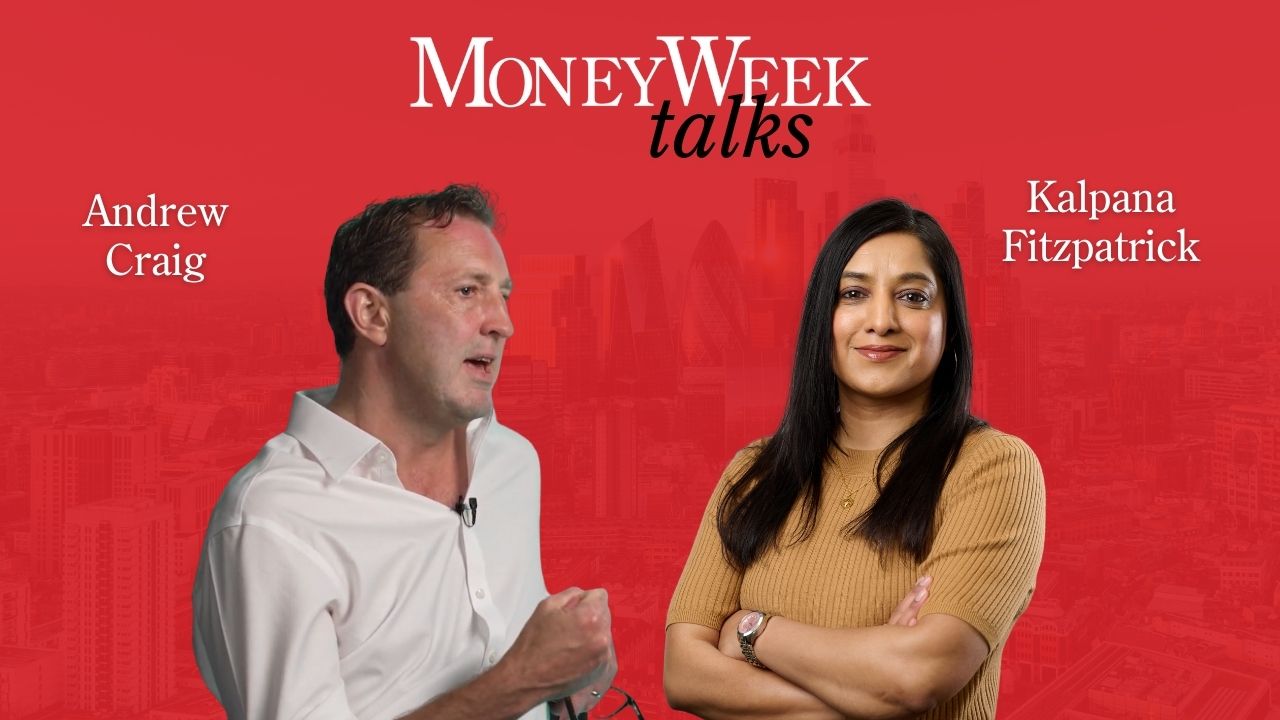

Venerable investment trust Foreign & Colonial has a proud history, but its share price is in danger.
Last year marked the 150th anniversary of Britain's oldest investment trust, Foreign & Colonial (LSE: FCIT). Founded as an investment vehicle for emerging-market bonds, it migrated into equity markets, and now managesa broad global portfolio without the UK bias of someof its competitors.
Its £3.6bn of net assets and market value make it the third-largest investment trust after 3i and Scottish Mortgage Trust (SMT), though the latter, a competitor in the global equities sector, is twice its size. Though a dividend yield of 1.6% is hardly generous, F&C is notable for having increased its dividend ahead of the rate of inflation every year since 1970.
MoneyWeek
Subscribe to MoneyWeek today and get your first six magazine issues absolutely FREE

Sign up to Money Morning
Don't miss the latest investment and personal finances news, market analysis, plus money-saving tips with our free twice-daily newsletter
Don't miss the latest investment and personal finances news, market analysis, plus money-saving tips with our free twice-daily newsletter
The trust's performance has been impressive, with a three-year return of 51% and a five-year return of 78%, broadly in line with both its competitors (though way behind SMT) and its benchmark, the FTSE World index. This has been helped by an avoidance of the UK bias notable at rivals Scottish Investment Trust and Witan, and also by a moderate level of gearing. Loans of about £300m, equivalent to over 8% of net assets, have been taken out at a reasonable cost.
Steady performance by a team led since 2014 by Paul Niven has resulted in the shares trading slightly above net asset value (NAV, the value of its underlying portfolio), while management and other costs,at barely 0.5% of NAV, arevery reasonable.
An overly crowded portfolio
So what's not to like? The extraordinary number of holdings in the portfolio,of which there are 467.The top-ten holdings, of which the largest is Amazon at 2.2%, account for just 12% of the portfolio. This spread and lack of focus makes it extremely hard for the trust to outperform sustainably. By way of comparison, the much larger SMT has just 75 holdings, the top ten account for 52% of the portfolio and the largest, also Amazon, comprises nearly 10% of the total.
It is hardly surprising that F&C performs in line with the benchmark index, as to a large extent it reflects it. Unsurprisingly, the activeratio, which measures the degree of overlap with the index, is not disclosed.
Given the gearing, which should enhance returns, it seems likely that the listed equities have mildly under-performed. Around 6% of the portfolio is invested in private equity, which boosted performance in 2018, but at 3.4%, overall performance was still only in line with the FTSE World index.
Niven keeps a low profile compared with his rivals, but this may be because he has very little to say. The commentary by the manager in the last factsheet doesn't mention a single stock. His manager's review in the last reports and accounts is scarcely any better.
At other trusts, directors struggle to stop the manager writing too much. It is only on page 18 that we learn that the management of the North American portfolio, nearly half the total, is sub-contracted to T Rowe Price and Barrow Hanley rather than directly managed.
Time to act
There is a very real danger now that the share price falls to a discount to NAV, either because performance flags or because the US market goes through a dull patch, to the benefit of more UK-orientated funds. This argues against investing in the trust, though there is no need for current holders to head for the exit.
The pity is that F&C could and should do better. It should be possible to generate an extra 2% performance a year from a higher-conviction, more focused portfolio without taking excess risk. But with a 150-year history to defend, Niven and his board are probably too nervous of it going wrong to risk any changes. It will take a period of poor performance and a widening discount to kick them into action.
Get the latest financial news, insights and expert analysis from our award-winning MoneyWeek team, to help you understand what really matters when it comes to your finances.

Max has an Economics degree from the University of Cambridge and is a chartered accountant. He worked at Investec Asset Management for 12 years, managing multi-asset funds investing in internally and externally managed funds, including investment trusts. This included a fund of investment trusts which grew to £120m+. Max has managed ten investment trusts (winning many awards) and sat on the boards of three trusts – two directorships are still active.
After 39 years in financial services, including 30 as a professional fund manager, Max took semi-retirement in 2017. Max has been a MoneyWeek columnist since 2016 writing about investment funds and more generally on markets online, plus occasional opinion pieces. He also writes for the Investment Trust Handbook each year and has contributed to The Daily Telegraph and other publications. See here for details of current investments held by Max.
-
 The investing mistakes not to make: MoneyWeek Talks
The investing mistakes not to make: MoneyWeek TalksPodcast MoneyWeek's digital editor speaks to Andrew Craig, founder of Plain English Finance, about why passive investing isn't always the only option for good investors
-
 Household savings ratio drops – are you setting enough aside for 2026?
Household savings ratio drops – are you setting enough aside for 2026?High inflation has pushed the savings ratio down again and the figure could dip further next year
